So your product is out, top-notch, and well-established so is the brand? And now what? Now comes the time for Product Evolutions to stay ahead on top of the wave. Diversity & variants are one of the next ways to go, but this article reviews a lot more means.
This article is not a Design Review, but rather a bridge to Product Management & Marketing for already successful products.
Likely your product will be copied one day.
(good for you, bad products usually won’t, but of course patent on time if you can)
Adapt to slightly different users & usages and predict the future including with your suppliers or in your own production facility.
Before product evolutions, ensure the basics
Before moving away in new designs or conceps, keep the original and brick-wall around its success! Make it Timeless!
- make it distinctive: the “original”, the “classic”
- the product name or brand becoming the generic name for this kind of products
- consider if advertising the region or the country is a benefit (“Made in …”, “Proudly made in …”)
and avoid lowering your product to the competitor’s level.
Get your first product out
No product evolution is worth the effort if your project is slowed down.
Side note: on the initial design phase of the product, do not necessarily attempt to include all that is possible or all that is listed here
So many projects missing their timeline & market because the team thought they could still add more, and more (…)
- “The market will love that also” … in the first circle of the features?
- “We can gain some cents here also” … is the price the key factor?
- “This feature can be put in the mold for free” … but time iterations and validations
- “We have only one chance, so let’s add this also” … do we know what users want?
All the above is possibly correct, but arriving too late is a major risk also (customers, competitors, market not as thought, company cash flow …). Creativity and goodwill must have some limits also.
Product Evolutions Means
Different Technics
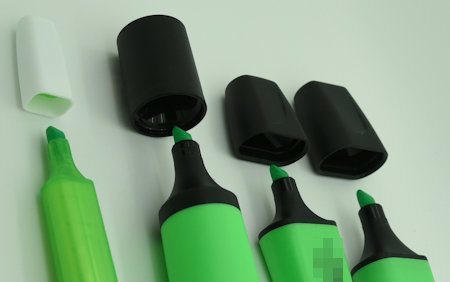

Reuse the key technology(ies) & on all the rest, test different technics, so as other usages, so as possible market trends
- Soft-touch materials
- the different manufacturing processes (filling, printing, IOT …)
- …
Different sizes & shapes

aesthetic 3D shape variants, pocket version, mini version
- extended, long-lasting version
- refillable
- eco-friendly version; (more) recyclable version
- …
Different usage
- an extended climatic version of the product (cold, tropical, sea …)
- change of shape or format targeting a different user, usage or to compete
Different Packaging
Not meant here to provide a different end-user feature -could be- but to address different cultures or roots to market. Product evolution could target different segments.
For some kinds of products, having different packaging may even permit placing the (almost) same product a 2nd time in a different place within the same shop.
WARNING
Legal cases in Australia in 2015 and more recently in Europe: some pharmaceutical companies were prosecuted for packaging and advertising differently the same molecule.
You may propose variants in the same product family but in these cases NOT the same product with different packaging and especially different properties or sales arguments. And the boundary between properties and sales arguments may be tiny.
Customized versions or runs
For a special event or special editions or as part of a marketing campaign, from a couple of thousands (car industry, down to a single unit)
- special color or material (“collectors”)
- special date or event (festival, calendar event …)
- a special name, brand, or even surname
Note that some products exist only through specialized or customized runs; there could be no so-called standard product! Production means so as roots to the market have obviously to adapt heavily with shorter lead-time and more direct channels.
Custom as Standard!
Cheaper price level?
There will always be demand to make it cheaper & rarely accepting a real trimmed-down version.
Do not enter a price war
Although that may be an acceptable must to address some markets, as a complementary range in an established market, that is highly arguable.
For the 2nd case, better focus more on innovations!
We recommend here to check the best-seller book Blue Ocean Strategy by W. Chan Kim and Renée Mauborgne in 2008 and republished several times since, including several translations. Do read some quick explanations on their site before buying their book.
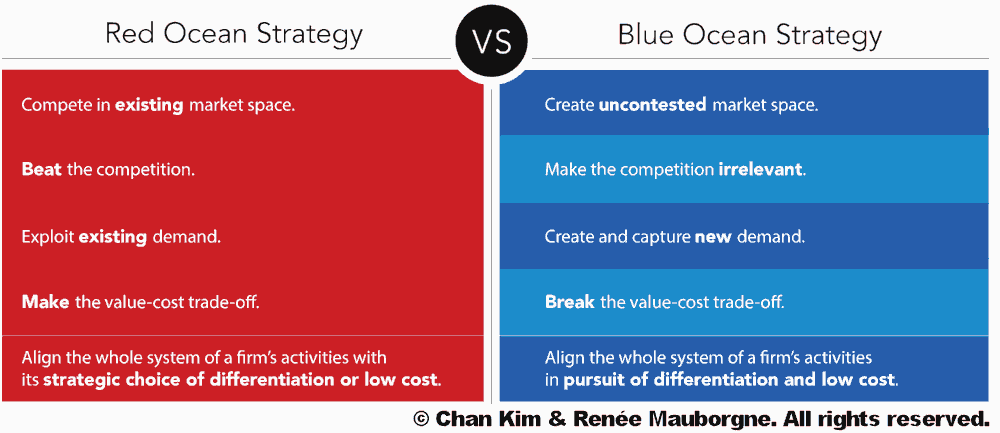
Treat OEM & branded versions demands with similar precautions if too close to the original product.
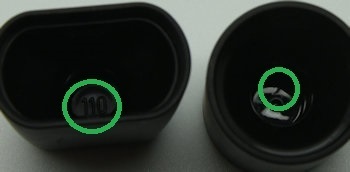
As the only technical note on the illustrations we have chosen: 110 cavities in the mold (at least) … wow!
Other variant or customized examples
Click on the thumbnails below to zoom in full size
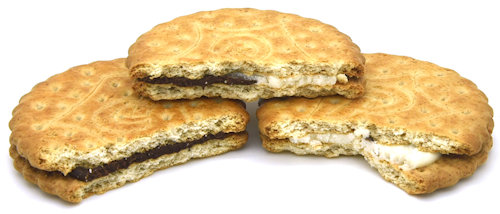
Outro
As a tasty finish of product evolution: if you have one white chocolate version & one black chocolate version … just make a third one.
Check also this Wikipedia article on Monopolistic Competition hoping your product is not in the challenger position.
Glossary of Terms Used
Original Equipment Manufacturer (OEM): a company that produces parts or equipment that may be marketed by another manufacturer. Typically, these components are integrated into the final product, which is then sold under the latter's brand name.
The rest is for our community. Already a member? Log in
(and also to protect our original content from scraping bots)
Innovation.world community
Login or Register (100% free)
View the rest of this article and all members-only content and tools.
Only real engineers, manufacturers, designers, marketers professionals.
No bot, no hater, no spammer.
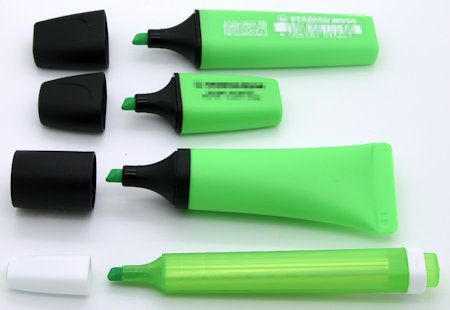













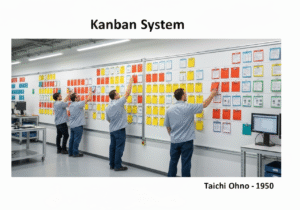





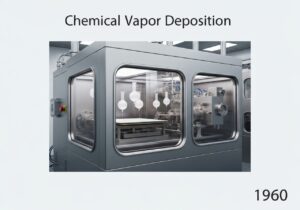










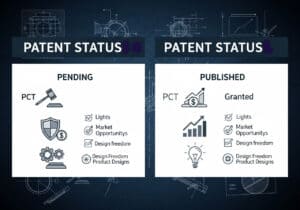
Interesting read! But, isnt it more important to focus on product quality first before even considering product evolution? Thoughts?
Interesting read, but isnt getting the first product out just part of the basics before evolution? Thoughts, anyone?
considering the importance of product differentiation, unique flavor combinations easily create new market opportunities
The recommendation to read “Blue Ocean Strategy” is spot-on for those looking to innovate and differentiate in saturated markets.
the idea of blending different chocolate versions is intriguing. Great way to capture a wider market by appealing to diverse consumer preferences
Related Posts
The Fulltext UNESCO Nomenclature
Contamination Control Strategy & Cleanroom 26 Best Practices
From GMP to cGMP: the Full Mastering Guide
IQ OQ PQ Process Validation: Full Theory & Praxis
The “Lone Nut”, the “First Follower”, and the “Fast Follower” Strategies
Best 20 Usages of Proxies For Engineering